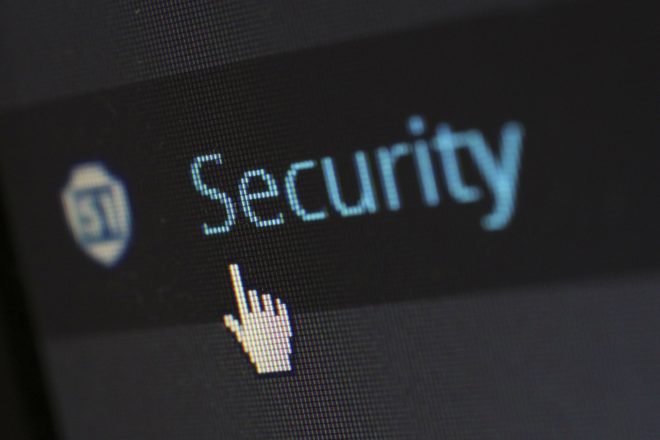A smart home hub can be connected either locally or to the cloud that uses such protocols as Zigbee, Z-Wave, Bluetooth or Wi-Fi. Karan Kumar, co-founder and chief technology officer, Hogar Controls, discusses with Deepshikha Shukla advantages of Z-Wave technology and the security features required for home automation.

Q. Which technologies are used for home automation control?
A. The most widely-used wireless technologies for home automation are Z-Wave, Zigbee, Wi-Fi, Bluetooth and so on. These technologies are used globally in various gadgets used for home automation. All technologies have pros and cons in terms of product compatibility, radio frequency (RF) range, availability and pricing.
Home security systems, video doorbells, smart lighting, plugs, water heaters, air-conditioners, ovens, curtains, sensors, audio video equipment, cameras, control systems and so on are the different types of gadgets that harness these technologies for home automation.
Q. What ensures security of these devices?
A. One of the main ways to ensure security of home control devices is data and network encryption. Data should be stored and accessed only via passwords or similar encryption methods.
Regular firmware updates and strong firewall systems are other ways to protect these appliances from cyber-crime. Strong authentication procedures go a long way in protecting these devices and, ultimately, a home.
[emaillocker]
Q. How does a smart home hub connect and control devices?
A. A smart home hub is a hardware or software that connects or controls devices or electronic appliances in a home. It works in the following manner:
Local connection
Sensors or devices are connected to a locally-created, highly-secure, low-power wireless network.
Cloud connection
Data collected is sent to the cloud. Devices/sensors are connected through different networks such as cellular, satellite, Wi-Fi, Bluetooth, LAN, Internet or Ethernet.
Data processing
Automation, scheduling, security alerts, smartphone connection access, user management and other data management tools help with data processing.
Q. Why is a smart home controller needed? How can one select the right home controller?
A. The controller or the hub is the central device that, when connected to a power outlet, takes control of all smart home devices. It acts as the central relay unit to all connected devices, enabling home users to control all connected devices either via remote or another device.
The criteria to select a home controller or hub varies according to individual needs and the quantum of devices that need automation.
Q. What are the advantages of Z-Wave technology for home automation?
A. Z-Wave network installation is simple and easy. It is easy to add/remove Z-wave devices in the installed system.
Z-Wave devices consume less power.
Home appliances can be controlled remotely.
Z-Wave devices are interoperable with other wireless devices in the Internet of Things (IoT) space. There are about 3000 products currently using Z-Wave technology.
Z-Wave technology-based devices are cheaper.
Z-Wave uses AES-128 type encryption to provide a secure wireless network. It uses wireless mesh networking technology for a robust wireless network with extended RF range.
Q. How can one prevent smart home devices from getting hacked?
A. Security for the IoT is tough and risky. A security breach can put human lives at risk because hackers can get control of real-world objects like cellphones, Wi-Fi routers and other IP network devices.
New technologies come with cyber threats, and home automation is no different. Home automation hacking happens when cyber-criminals exploit insecure IoT devices to gain access to the entire home system. The software development kit for Z-Wave supplies, known as Security 2 (S2), offers best-in-class security framework, which makes Z-Wave devices the most secure.
With the combination of existing and new security features released in S2 architecture, Z-Wave continues to be the safest and most secure ecosystem of smart devices in the global market.
Additionally, there are other ways to prevent hacking, such as:
- Securing passwords for all IP Internet network devices
- Purchasing Z-Wave-certified devices only
- Creating strong passwords
- Securing your Wi-Fi
- Limiting authorised devices
- Using firewalls and antivirus software
Q. What is the impact of smart home technology on the electronics industry?
A. With growing demand for smart home appliances, many chipset manufacturers have started to design low-cost system-on-chip modules that are suitable for different applications. It is estimated that by 2020, 1800 million smart home devices will be required for the home consumer sector alone.
[/emaillocker]










